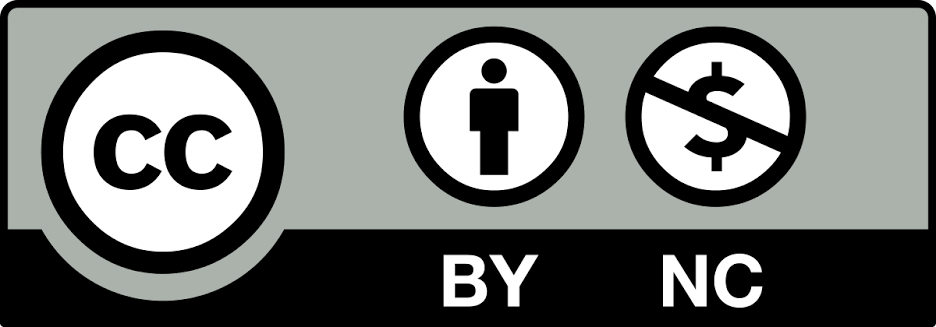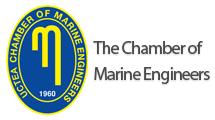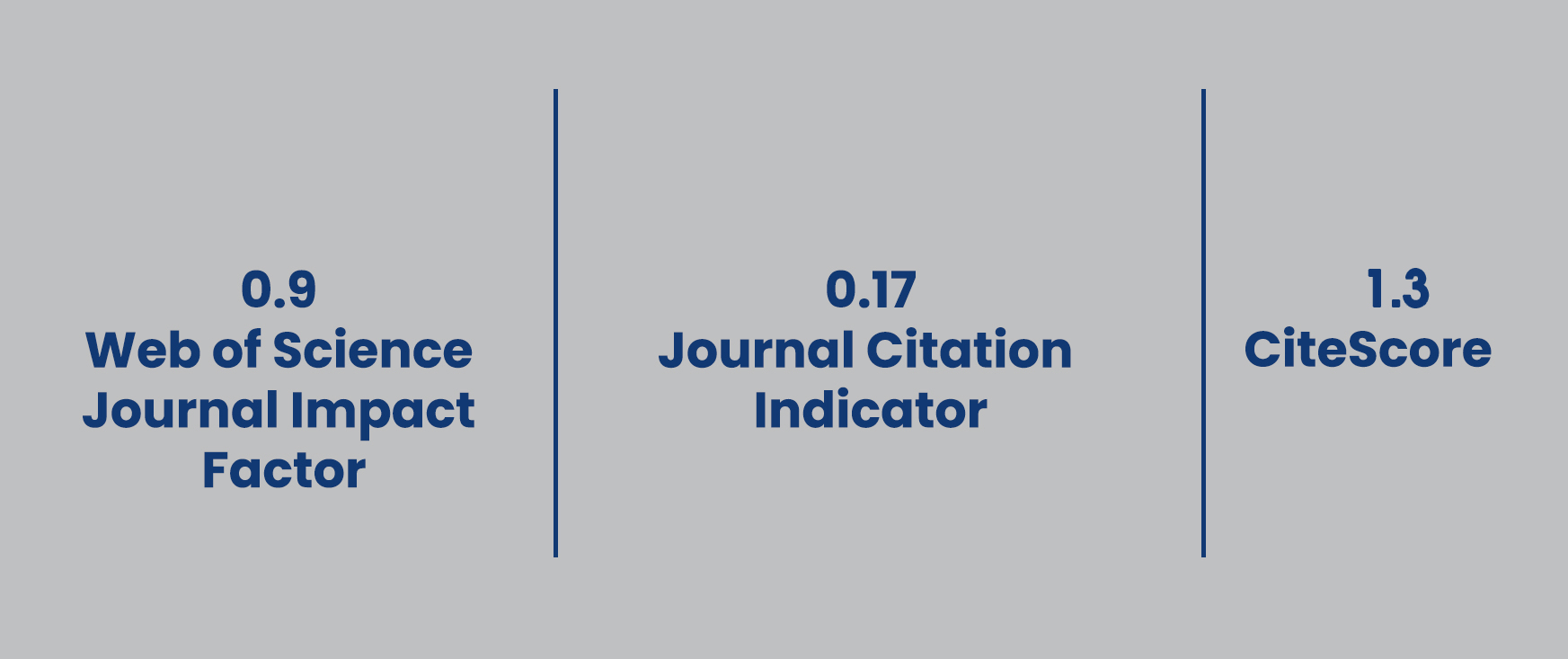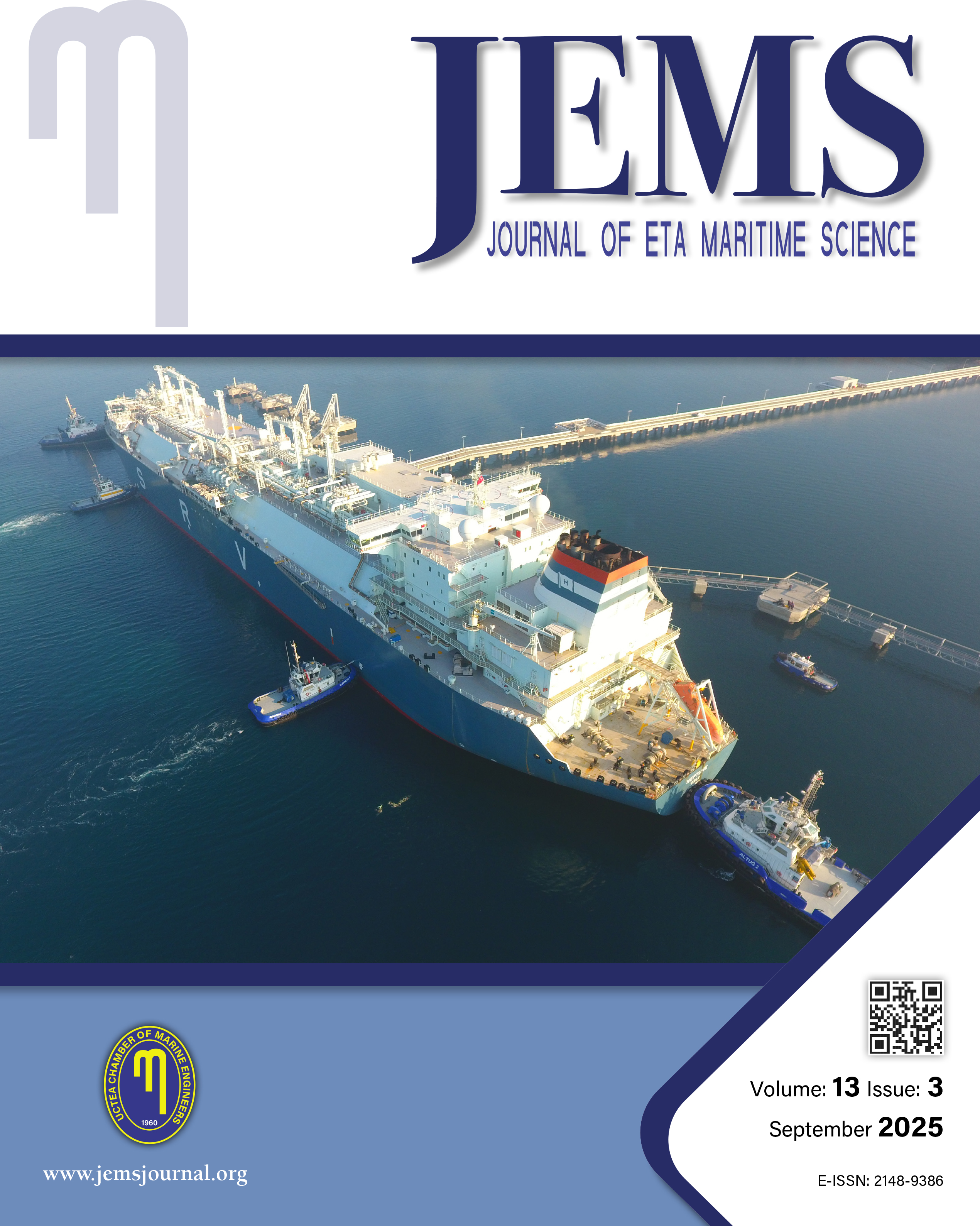

JEMS apply the Creative Commons Attribution NonCommercial 4.0 International Licence to all manuscripts to be published
Blade Stress of Carbon Fiber B-Series Marine Propellers Based on Numerical Analysis
Firly Irhamni Ahsan, I Made Ariana, Aguk Zuhdi Muhammad FathallahInstitut Teknologi Sepuluh Nopember, Department of Marine Engineering, Surabaya, IndonesiaIn the maritime world, carbon composite material has been used as a propeller on ships. Research on the use of carbon composite materials began in the early 2000s. With features including reduced cavitation and pressure fluctuations, improved acoustic attenuation, corrosion resistance, lower maintenance costs, enhanced efficiency, and longer propulsion system service life, carbon composite materials offer several benefits. The propellers strength and performance should increase with the use of carbon composite materials. This research uses the Fluid Structure Interaction method by conducting computational fluid dynamic simulations followed by finite element analysis. This study analyzed the deformation and stress on the propeller blades by comparing epoxy carbon fiber that was woven and unidirectional with quasi-isotropic laminate; additionally, it will be compared with other metal materials like bronze, titanium alloy, and copper alloy. Through the process of study and observation of the numerically derived data, which represent the propeller blades maximum deformation and equivalent stress. By comparing two types of carbon fiber, it can be analyzed from the results of maximum deformation and equivalent (Von-Mises) stress using the fluid structure interaction method. The results show that the epoxy carbon fiber is five times lighter than the copper alloy material, and the stress distribution has a similar pattern, but the deformation results of the two epoxy carbon fiber materials differ from those of the metal materials.
Keywords: Marine-propeller, CFRP propeller, Carbon fiber, Open water test, Fluid-structure interactionManuscript Language: English
(449 downloaded)










